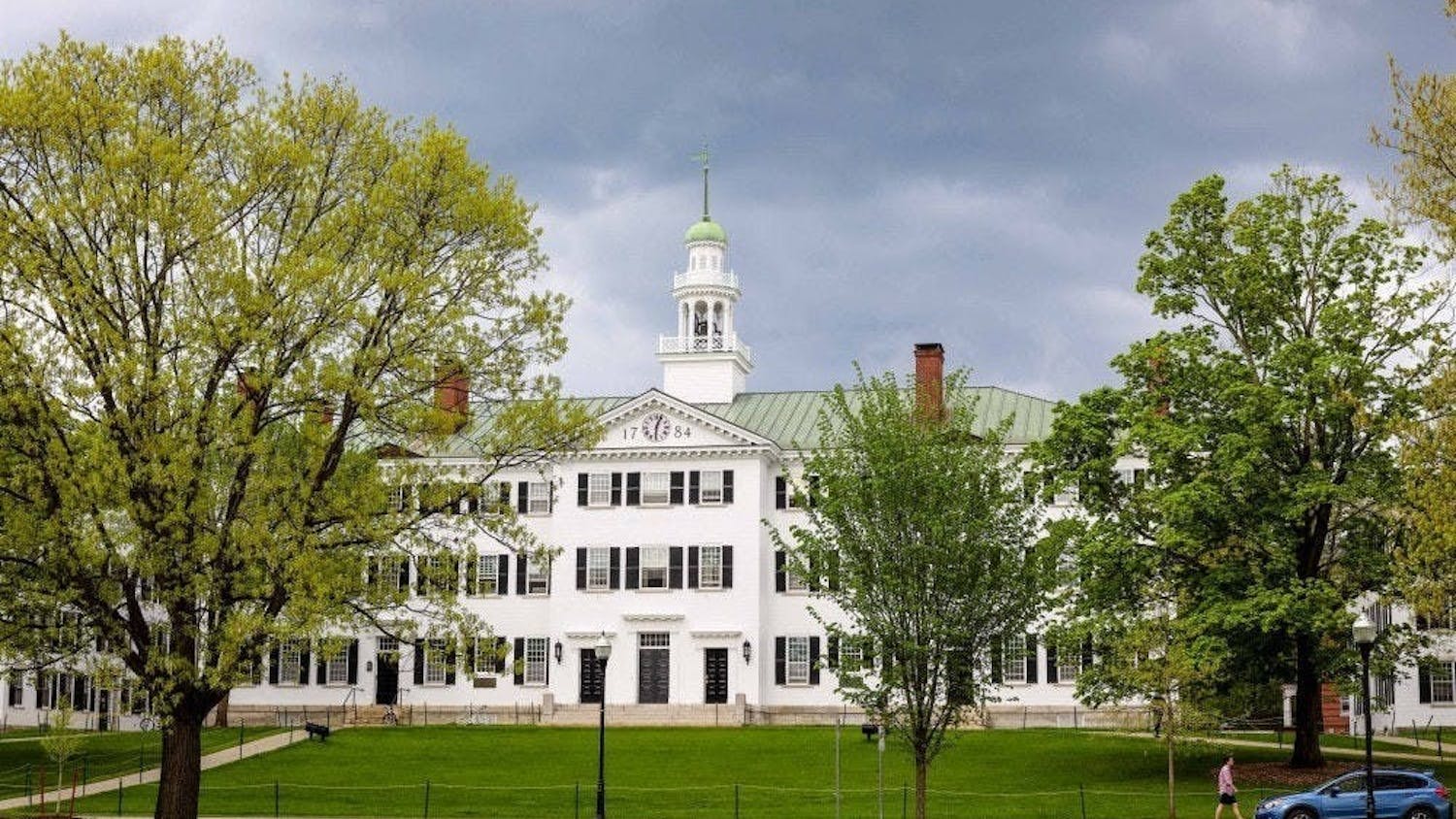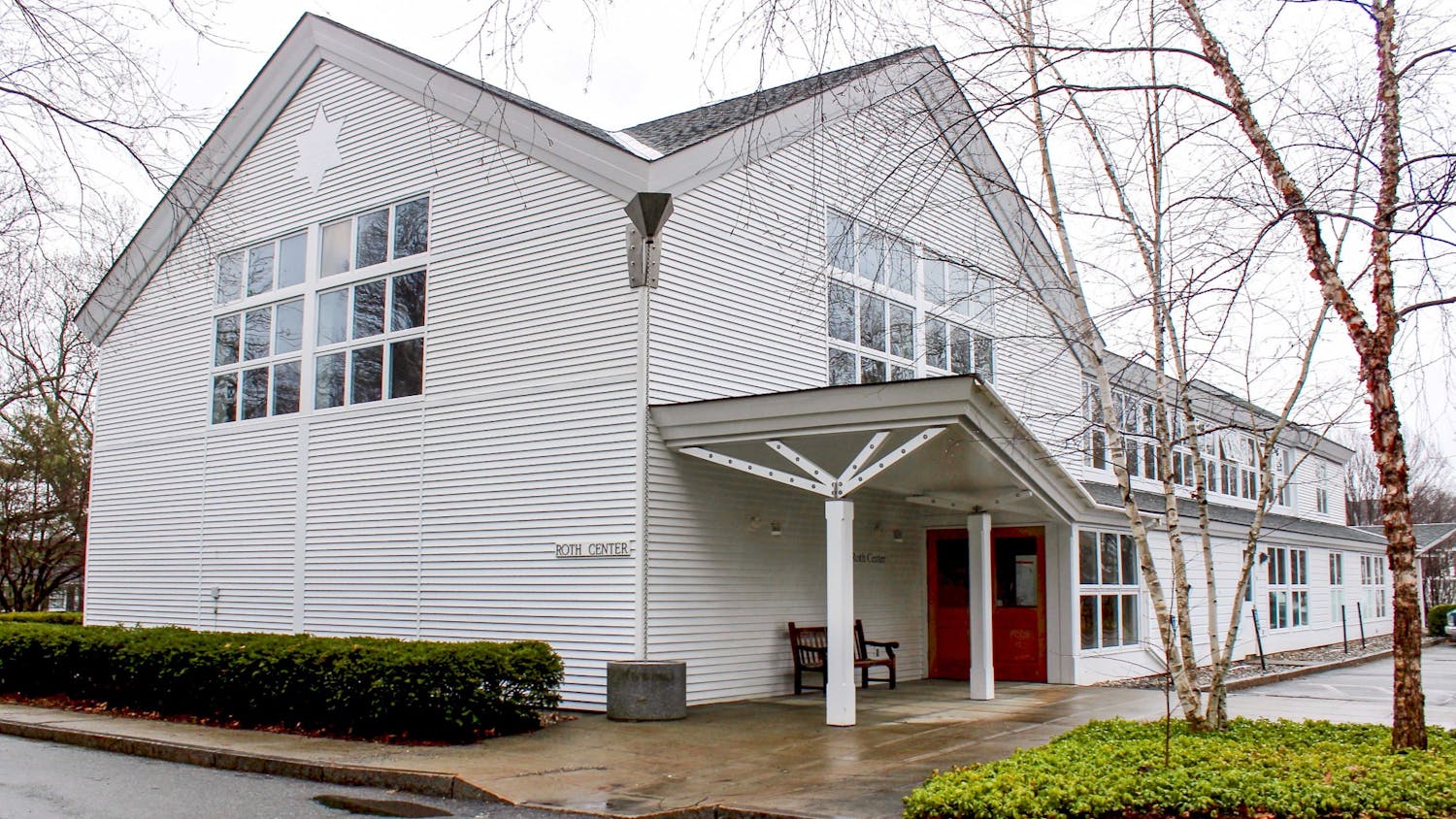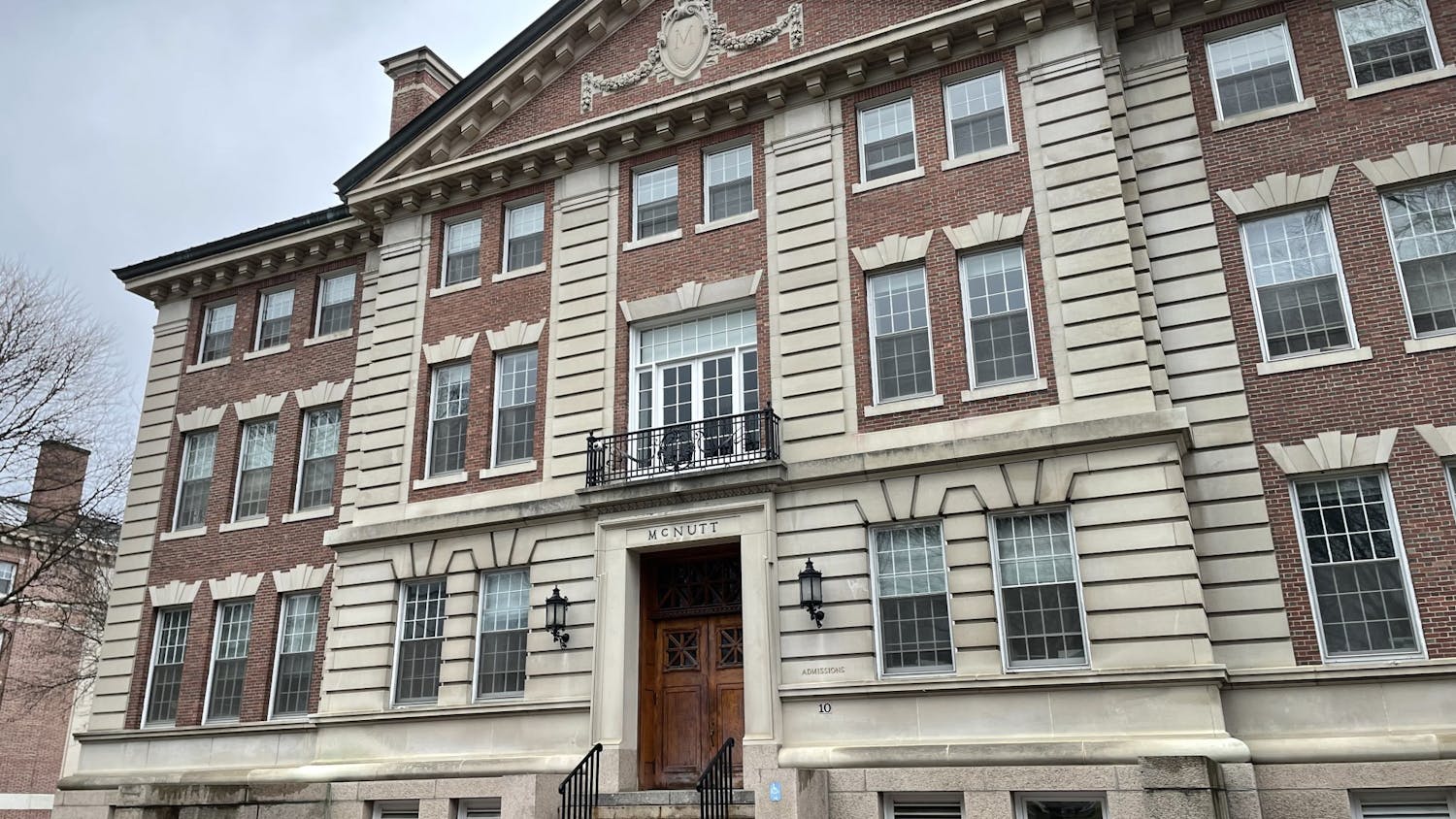The need for additional surgery to replace the batteries for implantable biomedical devices may soon be eliminated. Researchers at the Thayer School of Engineering and clinicians at the University of Texas Health Science Center at San Antonio have been attempting to extend the lifetime of the batteries used in such devices, and now they may have found a way for pacemakers and similar devices to be powered by a patient’s heartbeat.
Pacemakers and automated implantable cardioverter defibrillators are implanted under the skin in the chest to monitor and pace the heart rhythm. While they effectively track heart movement, their battery life can be unpredictable or short, according to Javier Banchs, a cardiologist at Baylor Scott & White Health.
There are many risks and costs associated with the surgeries that patients need to receive every five to 10 years in order to replace the pacemaker or automated implantable cardioverter defibrillators, according to Thayer professor Zi Chen, one of the project’s principal investigators.
The research team has been working on designing an implantable, minimally-invasive biomedical device that can efficiently convert the mechanical energy of a beating heart to electrical energy.
“The device should be integratable, lightweight and biocompatible,” Chen said. “It should effectively capture energy from the heart without interfering with its normal functions.”
They focused on a type of porous material that can convert kinetic energy from the lead of a pacemaker and the patient’s heartbeat into electricity without affecting the pacemaker’s or the heart’s normal functions.
Once the researchers refined the design of the energy harvester, they implanted the pacemaker prototype into large animals like pigs or dogs. They then analyzed videos and fluoroscope images of how well the pacemaker lead moved with the motion of the heart during the cardiac cycle.
“You can see how the leads deform and move as the heart beats, and translate those movements in the video to the bench top in the lab,” first-year Ph.D. student and study co-author Andrew Closson said. “You can also use the machines in the lab to simulate what the lead experiences in the heart and [then you can] further refine the devices.”
Through these experiments, the group created an effective design in which a thin piece of film is wrapped around the pacemaker lead in a helical shape with two harvesting units connected in parallel.
The study’s findings imply that sufficient electrical energy can be converted from the kinetic energy of a pacemaker lead to sustain operations of the heart. There can be efficient conversion of mechanical energy from the beating heart to electrical energy without any significant interferences with cardiovascular functions, according to the team’s research paper.
“Working on something that has the potential to have a massive impact — on the interface of health and energy — to improve healthcare is very exciting,” Closson said.
Currently, the researchers are seeking to further enhance the design so that it is suitable for implantation in humans.
“Over the next years, we will compare different designs and choose the one that has the best performance, the one that can replace batteries and can be implemented without disturbing any of the bodily functions,” said Lin Dong, a postdoctoral researcher at Thayer and the study’s first author.
Banchs, who focuses on device therapy for patients with heart problems, said that despite being unaffiliated with the College, he and his peers have been closely following the project.
“This is a promising concept toward which both industries and physicians [have] an ambition, but with little practical steps,” he said. “This research project is the beginning of an interesting journey with challenges ahead, and is followed closely by a lot of people with a lot of enthusiasm.”



